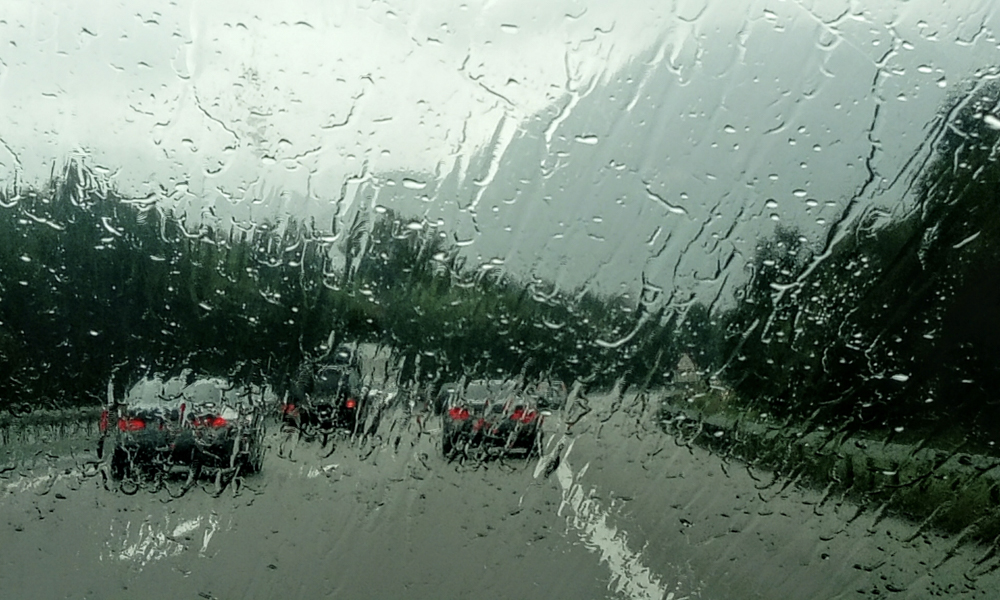
We’ve driven several cars equipped with a variety of electronic driver aids. Currently limited to some high-end models, we’ve pretty much proven that they work under ideal conditions—clear road markings and vehicles following their lane. But apparently, it turns out that the operation of these devices may be hampered by the type of weather.
A recent study by the American Automobile Association (AAA) shows that rainy weather negatively impacts the performance of certain driver-assistance systems. During simulated rainstorms, a demo vehicle equipped with automatic emergency braking collided with the car in front for 17% of test runs at 40km/h. That number increased to 33% at speeds of 56km/h. Lane-keep assist performed poorly as well. The car veered out of its lane 69% of the time in test conditions.
Because such systems are normally tested in fair weather, the AAA believes that trials must be done in real-world conditions as well. It also says that manufacturers should manage the expectations of buyers when it comes to these devices working in practice. Just like our eyesight, cameras and sensors are affected by poor visibility.
Should your car be equipped with electronic driver aids, the AAA recommends doing the following when driving in slippery conditions:
- Keep your windshield clean.
- Ensure your wipers do not streak the glass.
- Increase your following distance to 5-6 seconds.
- Avoid using cruise control.
- Ease off the accelerator when your vehicle begins to aquaplane. Never slam on the brakes.


0 Comments